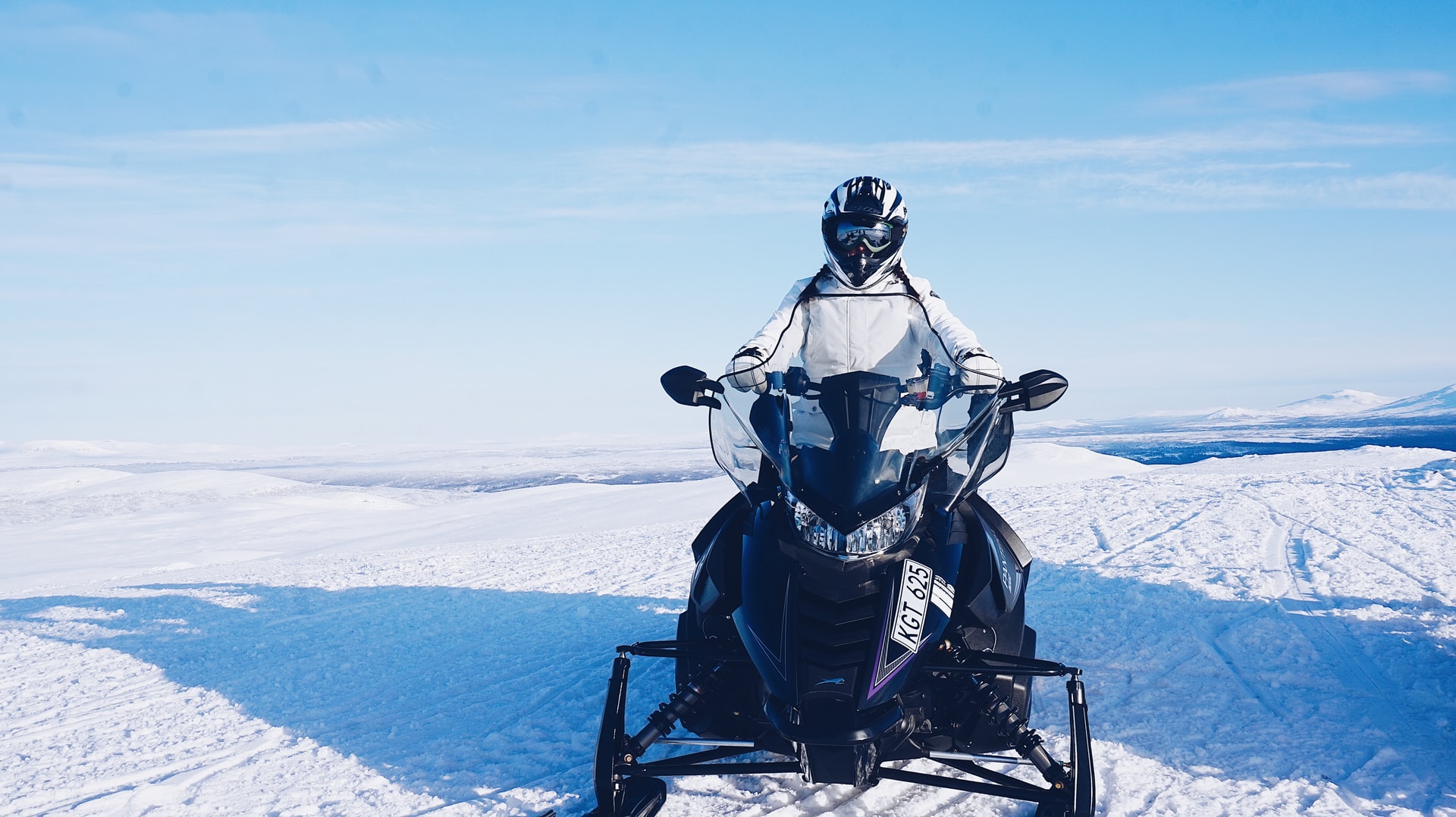Nothing beats the feeling of riding down the slope in your snowmobile. You’re outdoors in the fresh air, effortlessly gliding on the snow.
But what happens if you need to move backward for any reason? You probably would have to get off your vehicle, pick it up, and turn it around.
This got us thinking about whether or not snowmobiles have a reverse function. We asked manufacturers and snowmobile experts this question.
They all gave us one answer, “Yes, snowmobiles can have reverse.”
We decided to dig some more and learn all about this reverse function.
Benefits of Having a Reverse Function
Moving in reverse gives you so many new options that weren’t possible before. You can buy a new model that comes already fitted with a reverse function to enjoy this feature.
If you already own a snowmobile, you can get your snowmobile retrofitted with reverse parts. It’s a relatively straightforward process. You can do it yourself or have a professional install it for you.
Here are a few of the advantages of having a snowmobile that can move in reverse.
Correcting Your Course
We all know how easy it is to make a wrong turn when you’re driving your snowmobile. The best way to get back on the right path is to go in reverse and change directions.
Parking Your Snowmobile
Long before the reverse function, parking your snowmobile took a long time. It needed to be facing outward, which was hard to do.
It was also crucial that it takes as little space as possible to make room for other vehicles. The whole process was complicated without a reverse function.
With reverse, you can park it facing any direction, knowing you can quickly drive it out. Plus, you can angle it correctly, so it doesn’t take a lot of space.
Loading Your Vehicle
If you’re an avid snowmobiler, you probably take it with you wherever you go. This means you have to load and unload it onto your trailer frequently. That takes a massive amount of effort.
Having a reverse function to help move things along can make life a bit easier.
Electronic vs. Mechanical
There are two types of reverse systems. Let’s talk more about each one.
Electronic Reverse
In the late 1990s, Ski-Doo released its version of the electronic reverse system. It was termed the Rotax Electronic Reverse (RER) system.
Soon after, Polaris came out with its version. It was called the Polaris Electronic Reverse Control (PERC).
Both the RER and the PERC can be retrofitted into any snowmobile that doesn’t have a reverse function.
With the electronic system, there are two ways to let you know the snowmobile is in reverse.
Some models have a reverse light on the dash that turns on when you’re moving backward. Other models have an audible alarm that sounds when the reverse system is engaged.
The advantage of the electronic reverse system is that there’s no extra weight pulling it down. This makes the snowmobile easier to use and maneuver.
The RER and the PERC both rely on push-button technology. By pressing a button, the motor flips, allowing you to move either forward or backward.
Mechanical Reverse
The mechanical reverse system is engaged by pulling on a lever. You’ll notice older snowmobiles that were made before 1998 use this reverse system. Utility sleds and 4-stroke sleds also rely on this system.
When you put your snowmobile into reverse via the mechanical system, the gears shift from the forward position. Then they lock into the reverse position, allowing the track to spin backward.
It’s easy to operate and quick. The problem with this system is that it adds significant weight to the snowmobile.
If there’s already a lot of weight on the vehicle, to begin with, the snowmobile will have a harder time operating. It’ll also be more challenging for you to handle it.
Tips for Using the Electronic Reverse System
Here are some tips to remember when you’re using the electronic reverse system. These tips are for all types of terrains, even if you’re going in reverse on a hill.
Going Backward
Keep this in mind when you’re going backward:
Step 1: Stop Completely
Before you start moving in reverse, your snowmobile has to come to a complete stop. The engine should be kept idle
If you shift into reverse while driving at average speeds, you risk damaging your snowmobile. It can also make you lose control of your snowmobile. This can result in you injuring yourself or others.
Step 2: Look Around
You must take the time to look in all directions before you start moving in reverse. This will prevent you from crashing into obstacles, such as rocks, other snowmobiles, or anyone passing by.
Step 3: Press Reverse
Press the button for the reverse feature. You’ll notice a light on the dashboard come on. This is to indicate you’re in reverse. Then, gradually press down on the gas pedal.
Going Forward
Once you’ve corrected your course or got yourself out of the pile of snow you ran into, it’s time to move forward again.
Step 1: Stop Completely
Slow down the snowmobile to a complete stop. Keep the engine idle.
Step 2: Look Around
Take a look around you to make sure the coast is clear.
Step 3: Press Forward
Press the button for only a second. The engine’s humming will slow down to give it a chance to turn into the forward position. Make sure the indicator light has turned off. Finally, press the gas pedal to move forward.
The Takeaway
Being out in the fresh snow on your snowmobile is exhilarating. It’s fun, and it’s fast!
Having a snowmobile that moves both forward and backward makes things even more fun. It also saves you time and effort, and it’s way more convenient.
It’s worth it to have your snowmobile upgraded with the reverse system. Whether you choose the mechanical or the electronic, you’ll still get terrific results, not to mention, peace of mind.

